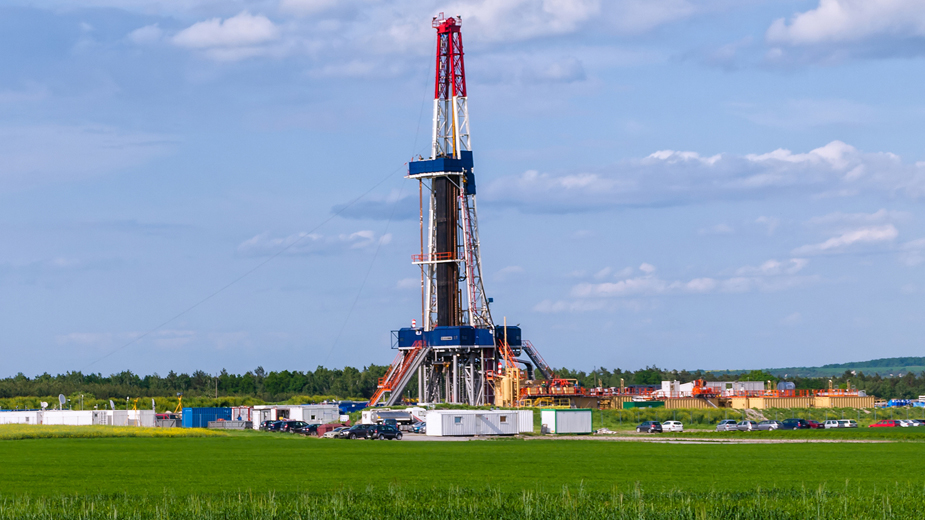Fracking Ban Could Cost Ohio $245B, US Chamber Reports
YOUNGSTOWN, Ohio – Should hydraulic fracturing be banned, Ohio could see the loss of 700,000 jobs and a $245 billion reduction in gross domestic product, according to a report from the U.S. Chamber of Commerce’s Global Energy Institute.
The report, released Thursday, examines the impact of a hypothetical nationwide ban in 2021 on fracking, finding it “catastrophic.” Nationally, four years after such a ban would be enacted, it would eliminate 19 million jobs, reduce national GDP $7.1 trillion and reduce tax revenue at all levels of government by a combined $1.9 trillion.
Virtually all of the frontrunners for the Democratic presidential nomination, including U.S. Sens. Bernie Sanders and Elizabeth Warren, U.S. Rep. Cory Booker, Vice President Joe Biden and Mayor Pete Buttigieig, have called for a ban on fracking.
“Increased oil and gas production driven by hydraulic fracturing has been fueling America’s sustained period of growth over the past decade, while making us both cleaner and stronger,” said Marty Durbin, president of the U.S. Chamber’s Global Energy Institute, in a statement. “Our study shows that banning fracking would have a catastrophic effect on our economy, inducing the equivalent of a major recession and raising the cost of living for everyone across the country. This bad idea should be abandoned.”
On average, Ohioans would see a per capita cost of living increase of $5,625 by 2025 and household income would fall a combined $119 billion. The state and local municipalities would also generate $20.6 billion less in tax revenue.
“Ohio’s abundant shale gas and oil resources are transforming the domestic energy scene,” said Andy Doehrel, president and CEO of the Ohio Chamber of Commerce. “Policymakers must realize that by hampering the energy renaissance they are not only inflicting economic hardship on Ohioans but on all Americans.”
Last year, the state’s natural gas production tallied 2.4 trillion cubic feet. A report by Cleveland State University, cited in the Chamber’s study, found shale-related investment between 2011 and 2018 totaled $78 billion.
Further, midstream developers including Marathon are building processing sites in southeastern Ohio. Some of the ethane from that plant will be sent to Shell’s $6 billion cracker plant in Monaca, Pa. Additionally, an announcement of PTT Global Chemical’s final decision on whether to build a petrochemical plant along the Ohio River in Belmont county is expected to come soon. JobsOhio reports about $1.5 billion worth of construction on natural-gas fired power plants in 2019.
“Ohio is one of the 10 largest states by population and is among the top 10 total energy consuming states. Natural gas used at Ohio’s electric power plants has increased markedly in the past 10 years and was almost 14 times greater in 2018 than in 2008,” the report said.
Pennsylvania, meanwhile, would see the loss of 609,000 jobs, a $261 billion loss of GDP and household incomes reduced $114 billion. State and local tax revenue would take a $23.4 billion hit, while the federal government would get $50.3 billion less. The per capita cost of living increase would be $4,654.
“The huge growth in natural gas production in an area that was historically a greater consumer of the fuel prompted a need for new and expanded pipeline infrastructure to move natural gas to high-demand areas – including a Philadelphia terminal repurposed for natural gas liquid exports,” the report said.
In 2018, shale gas – the energy source most commonly captured through hydraulic fracturing – accounted for 62% of American gas production, with 50.5 billion cubic feet produced daily. The U.S. Energy Information Administration forecast natural gas production to grow about 24% by 2015.
A fracking ban would cause energy prices to soar, the U.S. Chamber found, including a 37% increase on petroleum products in 2021. Compared to 2018 levels, prices would double by 2025. Natural gas prices would increase 324% and crude oil prices could soar to $130 per barrel in 2025.
Regionally, the changes in prices would be “a more mixed impact” in the industrial Midwest, the report states.
“This process, while relatively equal on the national scale, is not uniform regionally. States and regions with large service sectors and large populations, such as the Northeast corridor and large metropolises on the West Coast, generally benefit from lower energy prices,” it says. “Appalachia, the Southwest, parts of the Mountain West, and Alaska are more likely to benefit from higher prices. Areas with large economies, populations, and energy sectors are likely to have a more mixed impact, such as the industrial Midwest and parts of the Southeast.”
The full report, part of the U.S. Chamber’s Energy Accountability Series 2020, can be read here.
Copyright 2024 The Business Journal, Youngstown, Ohio.



